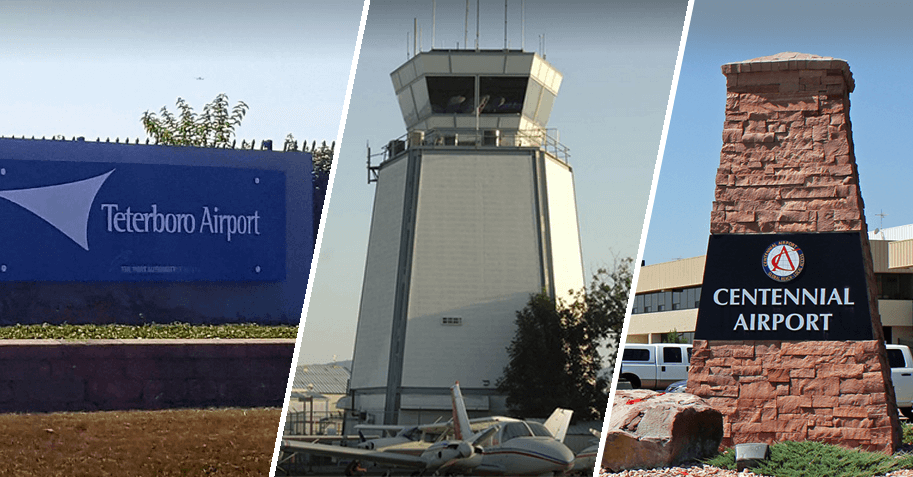
May 13, 3020
The COVID-19 pandemic devastated traffic counts at the nation’s largest airports used by business aircraft, however, all airports remain staffed and operational throughout the crisis, with some encouraging signs traffic has started to rebound.
Overall flight operations at L.G. Hanscom Field (BED) in Bedford, MA dropped 75% in April compared to the same month in 2019. “Our May operations are down 65% so far, which puts us down around 24% for the year so far,” said Sharon Williams, BED airport director.
Traffic impacts across the country vary due to different state restrictions. For example, California and Florida did not restrict flight training to the same extent as Colorado, which helped maintain light aircraft counts up for those airports. However, jet operations remained down across the board.
“Business aviation traffic is our bread and butter, and that was down 90% in April,” said Robert Olislagers, manager for Centennial Airport (APA) near Denver. “We normally average 1,000 operations per day with some days exceeding 1,800; on April 12, we had 22 flights total.”
Overall operations at Fort Lauderdale Executive Airport (FXE) in South Florida dropped 30% in April with a 60-70% drop in business jet traffic, while California’s Van Nuys Airport (VNY) experienced a 75% drop in jet operations in the last week of April. “This is literally the craziest thing I’ve ever seen happen to this airport,” said VNY manager Flora Margheritis.
At the same time, airports have adapted their procedures to maintain safe operations while also ensuring the protection of their employees. FXE manager Rufus James noted the airport’s emergency response and recovery plan assisted here, while Olislagers said an infectious diseases response plan developed in the aftermath of the SARS and H1N1 pandemics helped APA with advanced preparation for the current crisis.
In addition to having employees work from home where able, airports have also staggered on-site staff on different shifts to ensure operational continuity. Teterboro Airport (TEB) in New Jersey also eliminated group gatherings and usage of the conference room. “Face coverings are required in public areas, particularly when social distancing is difficult,” added TEB Manager Maria S. Sheridan, A.A.E.
Readying for Recovery
Despite these challenges, airports have also maintained an eye toward the future in planning for the eventual rebound in traffic, including appealing to potential new customers. “We expect travelers accustomed to flying commercially in first or business class to strongly consider charter options going forward, so we’ve engaged with tenants in that space to determine how FXE can support them,” said James.
Margheritis is among the members of a COVID-19 recovery task force convened by Los Angeles World Airports to return area airports, including VNY, to full operation. “We’re also working with other airports to develop consistent practices and messaging, so that we’re all in sync,” she added. “This isn’t about just one airport.”
At TEB, “we’re engaged with our tenants and industry partners in ongoing discussions regarding the development of a “new normal” for service and operations, in compliance with guidance from the federal and state levels and Port Authority policies,” Sheridan said.
Williams also emphasized her airport remains at full staff to serve customers, both now and as traffic numbers start to rise. “We’re now seeing a slight uptick and we hope that trend continues,” she said. “As soon as the business comes back, we’re here to support them.”


 International Business Aviation Council Ltd.
International Business Aviation Council Ltd.